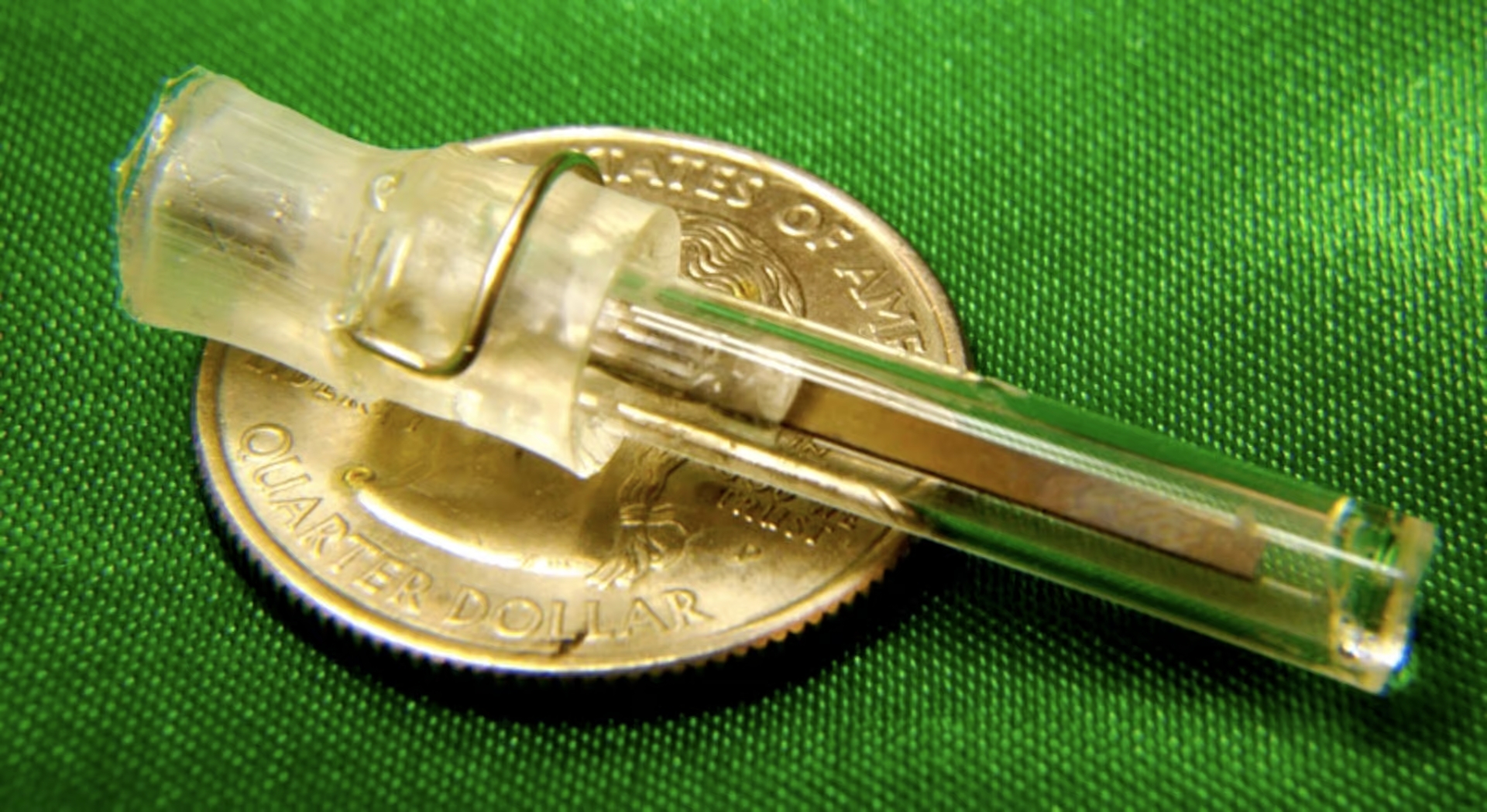
A device based on scattered silver cubes could scale up light absorption for solar power
Just sprinkle on and harvest light — that is the procedure with nanoscale cubes of silver that could be used to make efficient solar panels, heat detectors and specialist cameras.
The cubes are scattered randomly on a piece of polymer-coated metal to form a device that absorbs nearly all the light that hits it. Unlike other light absorbers, it is relatively simple and cheap to make, and could be produced on a large scale for industrial and even domestic applications.
The material, which can be tuned to ensnare the desired wavelength of light, is described today in Nature. It was developed by David Smith, a materials scientist at Duke University in Durham, North Carolina, and his colleagues.
Trapped in a gap
Absorbers that can capture all, or almost all, of the light that hits them are typically made with metamaterials — materials engineered to have particular properties not found in nature. They usually have precisely placed components smaller than the wavelength of light, which gives them the ability to manipulate light in weird ways (see ‘Ideal focus’).
These minuscule components are painstakingly fabricated in a laborious, expensive etching process using lithography, so the light absorbers are difficult to make in large quantities.
Smith and his team took a different approach. They mounted a thin piece of gold on a piece of glass, and dipped it into two organic chemicals to build a uniform polymer layer just a few nanometers thick on top of the gold. They then made silver cubes about 74 nanometers wide, and scattered them on top of the polymer.
When light with a certain wavelength hits a nanocube in the device, it excites the cube’s electrons, which start to oscillate together with the electrons in the gold film. This ‘plasmon resonance’ between film and nanocube seems to pull light into the insulating polymer gap between them, and traps it there, explains Smith.
via Scientific American – Katharine Sanderson and Nature magazine
The Latest Streaming News: Efficient Solar Panels updated minute-by-minute
Bookmark this page and come back often
Latest NEWS
Latest VIDEO








